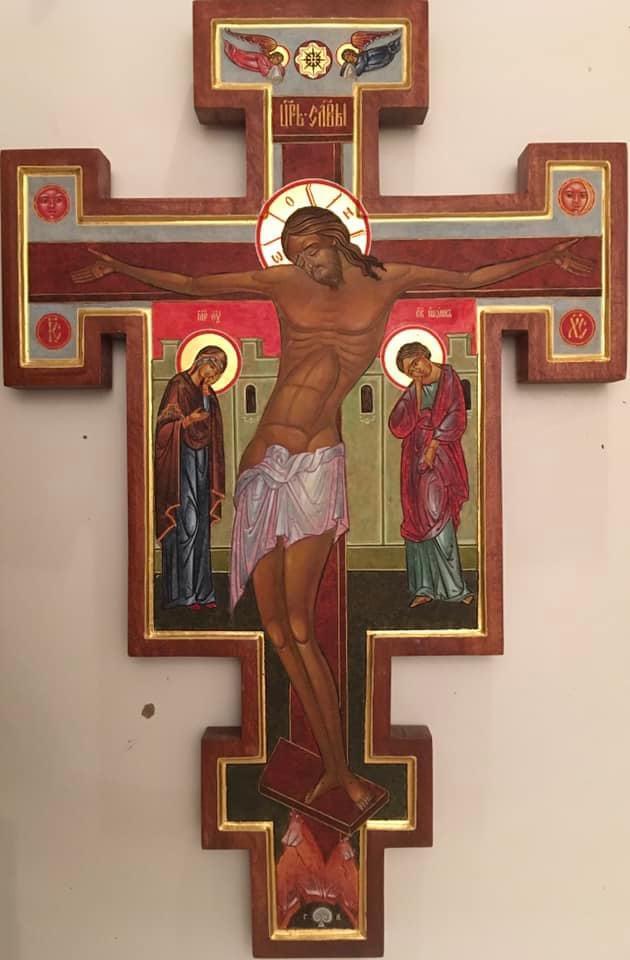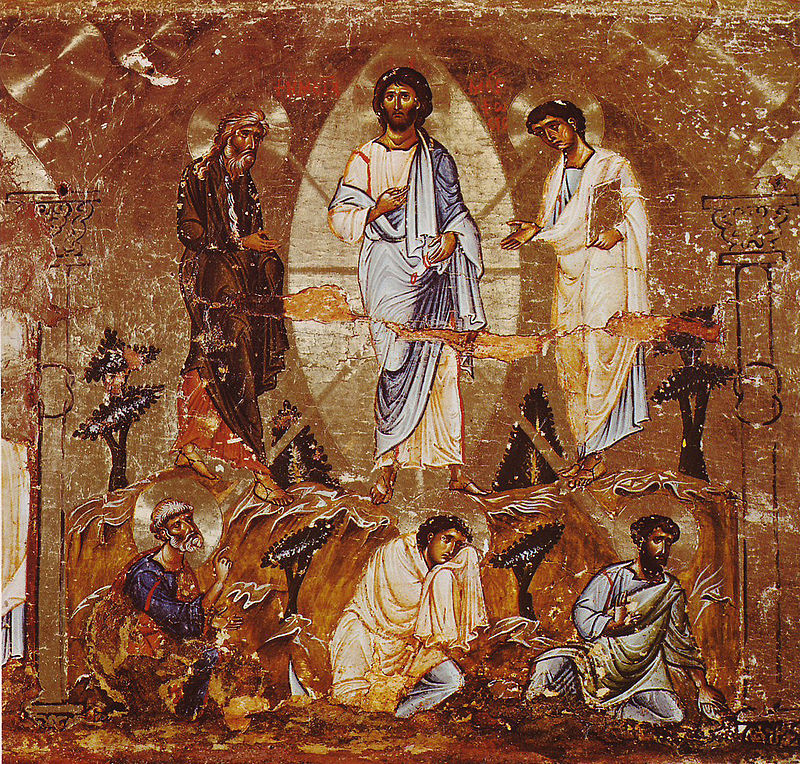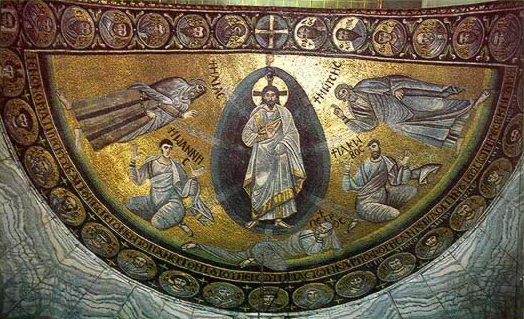
…each of you says, “I am of Paul,” or “I am of Apollos,” or “I am of Cephas,” or “I am of Christ.” Is Christ divided? Was Paul crucified for you? Or were you baptized in the name of Paul? (I Cor. 1:12-13)
The parish in Corinth was torn apart by various factions, each claiming to be faithful to a different Christian teacher who was prominent or famous in one way or another. How did these factions differ? What did they teach that put them in opposition to each other?
The names of the teachers that each faction claimed to be faithful to are probably familiar. “Cephas” was the Apostle Peter. Apollos was a well-educated Jewish man from Alexandria (Egypt) who was “mighty in the Scriptures” (Acts 18:24) who knew something of Christ but was really taught everything he knew about Christianity by Priscilla at Ephesus (Acts 18:26); he was eventually made the first bishop of Crete (Titus 3:13).
We know that Peter and Paul had intense disagreements about how much of Jewish practice should be embraced by Gentile converts to Christianity. Priscilla and Apollos were dear co-workers with the Apostle Paul; how much could they have disagreed with each other?
If we read the New Testament carefully, we discover that there was not a simple dichotomy between “Jewish Christianity” vs. “Gentile Christianity.” There seem to have been four distinct styles of Christianity with four differing sets of what should be expected from Gentile converts.
Group One insisted that Gentile converts observe the whole Mosaic Law, including circumcision. The missionary work of this group (the “false brothers” of Galatians 2:4) was deeply antagonistic towards St. Paul.
Group Two did not insist on circumcision but did require Gentile converts to keep certain practices of the Mosaic Law (esp. kosher food). We see this reflected in the council described in Acts 15. This group looked to the Apostle Peter [Cephas] and St. James, the “brother of the Lord,” as their leaders.
Group Three did not require circumcision or other practices of the Mosaic Law (kosher food) but did see them as having a certain ongoing value, nevertheless. This seems to have been the group most reflective of the Apostle Paul’s own attitude.
Group Four did not require circumcision or other practices of the Mosaic Law (kosher food) and saw no abiding significance or value in Jewish cult or feast days. These views were more radical than those of the Apostle Paul and seem to be reflected in the sermon of St. Stephen (Acts 7), who insisted that God does not dwell in the Temple and refers to Mosaic Law as “your law” and “their law.”
The factions in Corinth seem to reflect these basic distinctions. As St. Paul discusses the problems in Corinth, we see how the factions are rooted in these differing attitudes toward Jewish practice and expectations of Gentile converts to the Church.
For more about these differing groups of “Jewish Christianity” see Antioch and Rome: New Testament Cradles of Catholic Christianity by Raymond E. Brown and John P. Meier. (Paulist Press. 1983, 2004)



